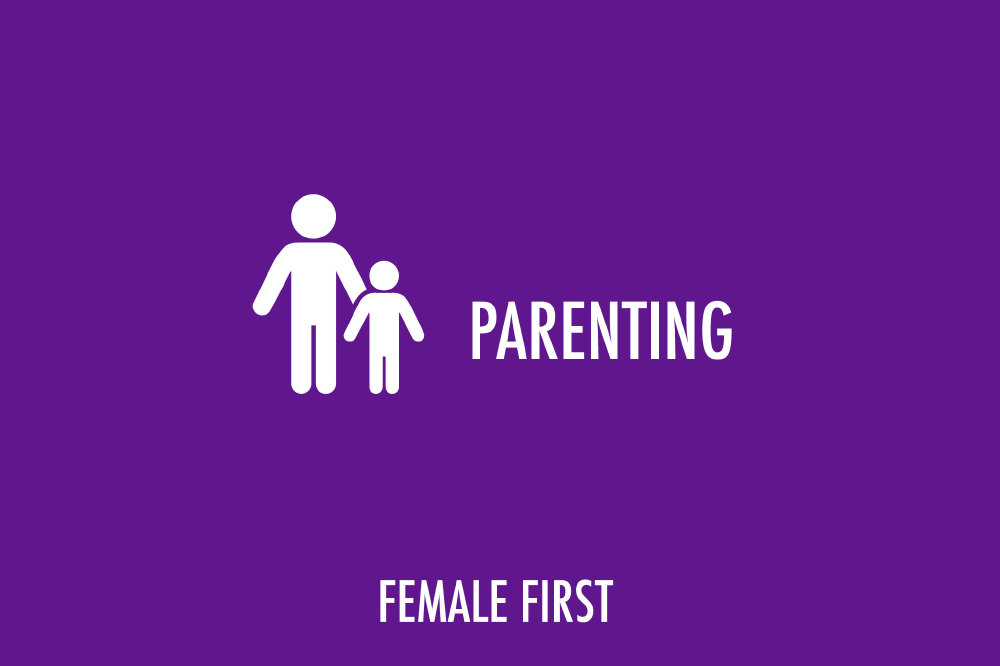With the kids back at school, the chances of catching head lice increases. As new results reveal that one in five children in the UK may have head lice at any one time, it’s important to catch the unwanted guests as soon as possible.

Parenting on Female First
Children aged four to eleven are most at risk as they have more physical contact with their peers, so being aware and knowing what to look out for is vital for parents.
We all know that the best known symptom of headline is the itching of the head. However, for some it can prevent sleep and concentration. A long-term infestation has similar symptoms to low-grade flu and can make a child irritable and can result in secondary bacterial infection.
Christine Brown, ex-school nurse and consultant to the Medical Entomology Centre gives her tips on how to beat the school bug bullies; head lice.
What ARE head lice?
“Head lice are small wingless insects that live on the scalp, feeding from the blood. Baby lice are extremely small but mature within 10 days and only after that are they able to reproduce, with numbers growing more slowly than most people think. Females lay several viable eggs a day and adult lice can live for as long as a month.”
How do they spread?
“Lice are spread only by head-to-head contact, so sleepovers, after school activities, playing with friends and visiting family are the most common places for children to pick them up and pass them on.”
How do you know if you've got them (as the child and as the parent looking)?
“Although the best known symptom is the itching, although only about 30% are aware of it – the only true way of knowing is by regular checks with a head lice detection comb. Head lice can be uncomfortable, can prevent sleep and concentration, and can cause bullying. It’s best for parents to check for head lice using a comb made for the purpose – ideally white, so that lice can be easily seen and with teeth no more than 0.3mm apart. Research has shown that detection combing is nearly four times more effective than visual inspection for finding live lice. Lice are around 2-4mm long but immature lice are even smaller, living close to the scalp. Nits are dead or empty shells, which can be removed by hand or by combing.”
Why are kids more prone?
“Children are more prone as they are in close contact with each other. Children aged 4 to 11 are most at risk but no one is immune. Girls and women tend to be more prone as girls tend to play more closely together and women are the carers of the family. But there are certainly plenty of boys and men with lice.”
Can we prevent head lice?
“Avoiding will not stop you from catching head lice! Hedrin launched a clinically proven head lice protection spray called Protect & Go. It’s a mango and orange scented conditioning spray which should be used at least twice a week. It protects children from the parasites by breaking the life cycle and killing lice before an infestation can be established. The spray is also kind to children’s hair and should be used as part of the regular cleaning regime, much the same as cleaning teeth or using shampoo.”
If you've got them, what should you do?
“If you find live lice, firstly, don’t worry. Head lice are a normal part of life and there is nothing to be embarrassed or ashamed about. Research suggests lice have become resistant to pesticide treatments, so pick a non-pesticide treatment which will work by smothering the lice and either stripping them of their waxy coating, causing them to dehydrate or blocking the openings to their air tubes, disrupting their ability to manage water. These physical modes of action mean there is theoretically no chance for the head lice to build up a resistance. Try a treatment containing dimeticone or octanediol. If you’re unsure about treatment options, speak to your pharmacist.”
What would happen if you left nits untreated?
“Nits are the hatched or dead eggs. They remain on the hair as long as the hair is on the head and having them on your hair will make no difference to the hair or to you. However, leaving head lice untreated thus leading to a long term untreated infection has similar symptoms to low-grade flu and can make a child irritable and can result in a secondary bacterial infection.”
Does the 'nit nurse' still exist in schools?
“No! Employing a nit nurse is not an effective method of controlling head lice. To adhere to best practice, each of the 5.5 million primary school children in the UK would need to be checked by the nit nurse once every week! So the likelihood of each child receiving a thorough check is minimal at best. Even if the nit nurse checked and found lice it would still be up to the parents to choose and use a treatment. Parents need to feel empowered to check for head lice regularly and feel confident about using an appropriate treatment when an infestation is found.”
For more information, visit: www.onceaweektakeapeek.co.uk

